Death of Varaz Samuelian
(November 7, 1995)
Everyone has seen, in person or in picture, Yervant Kochar’s iconic statue of David of Sassoun in front of the train station of Yerevan. Fewer people are aware that a second, equestrian statue of the hero of the Armenian epic poem stands in front of the courthouse in Fresno, California.
Its author was Varaz Samuelian, an Armenian American painter, sculptor, and writer.
He was born Varazdat Samuelian on April 24, 1917, in Yerevan, to survivors of the Armenian Genocide. He graduated from the Yerevan State College of Fine Arts (now named after painter Panos Terlemezian) in 1938.

He was enlisted to serve in the Soviet armed forces in 1939. He first participated in the war of Khalkhin Gol (May–September 1939), where a combined Soviet-Mongolian army defeated the Japanese forces that had invaded eastern Mongolia to create a base for future attacks on the Soviet Far East.
Afterwards, he was sent to the Western front after the German invasion of the Soviet Union in 1941. He was taken prisoner by the Germans, but escaped from the POW camp and joined the forces of the Resistance in France. During his time in Paris, Samuelian studied with renowned painters such as Othon Friesz, André Lhote, and Fernand Léger.
After the war, like many other Armenian former prisoners of war, he was confronted with the risk of returning to the Soviet Union and being sent to Siberia for having fallen prisoner to the Germans. He remained in Europe as a displaced person (DP) and came to the United States in 1946, sponsored by his older brother Dickran. He lived with another brother, Jack, in Burlingame, California, for several years. During that time, he began to paint and started a business as a sign painter. His business success allowed him to move to Belmont, California, where he lived for many years and married his wife Ann. The couple moved to Fresno, California, to be near her family, in 1957. There, “Varaz” Samuelian, who simply signed Varaz, continued his work in painting, began writing in earnest, and developed a large number of sculptures.
Varaz’s oeuvre encompassed a wide range of media, including sculpture (bronze, stone), painting (oil, acrylic, watercolor), lithography, pen and ink, and pencil. He created around one thousand works of art during his career. Along with his statue of David of Sassoun, he is also noted for his bronze bust of William Saroyan at the entrance of the Fresno Convention Center. He had a decades-long friendship with the famous Armenian American writer. Saroyan wrote a short novel dedicated to the artist entitled “Who is Varaz?” in 1965. Four years after Saroyan’s passing, in 1985, Varaz Samuelian published his memoir Willie and Me.
He was also the author of other books, including A History of Armenia and My Life: Writing and Drawing (1978). He held exhibitions in Paris, Nice, Marseilles, Barcelona, Mexico City, and at several New York galleries, as well as locally in Fresno.
The prolific artist passed away on November 7, 1995, at the age of 78, in Fresno. He willed most of his paintings and sculptures to the Armenian Studies Program of California State University at Fresno. The Varaz Samuelian Cultural Center was inaugurated in the village of Artik, in the province of Shirak (Armenia), on September 1, 2010. The 6,000 square feet building serves as a cultural resource center for the village. The center includes an art gallery, auditorium and a computer room.
Source: The Armenian Prelacy
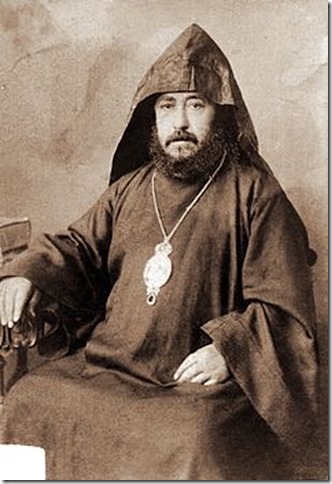


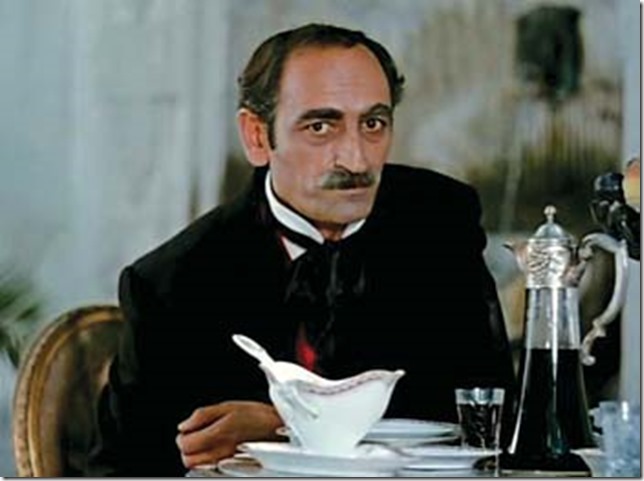
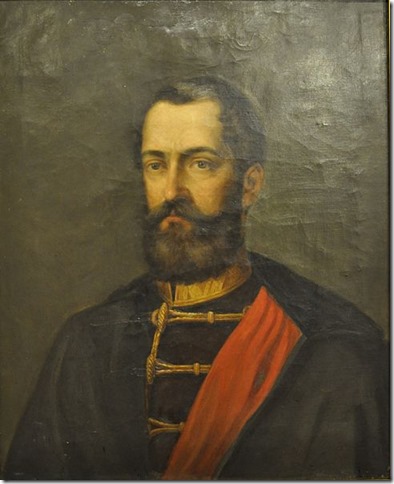
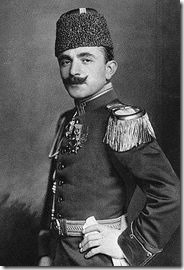
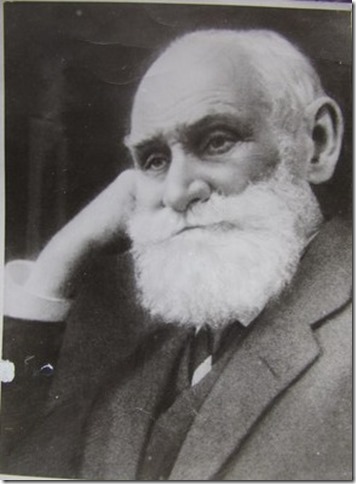
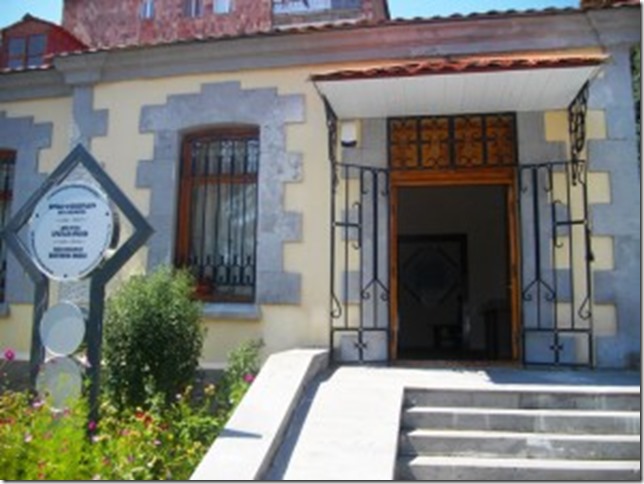

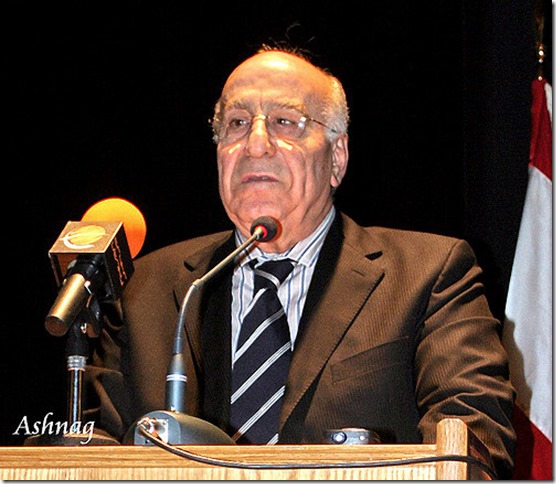
You must be logged in to post a comment.